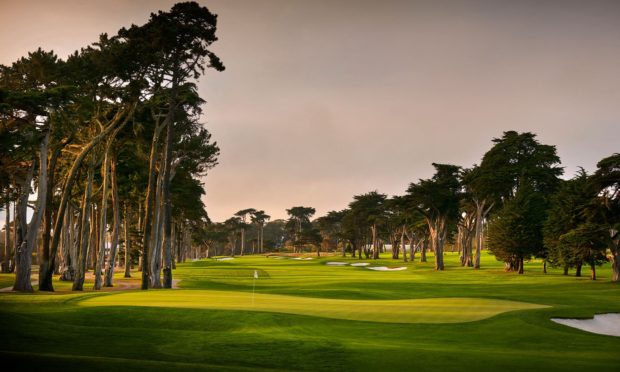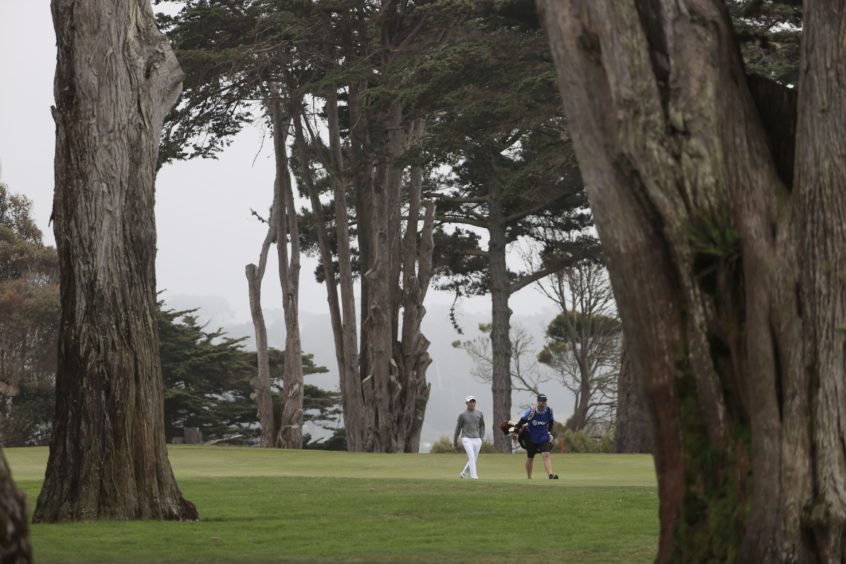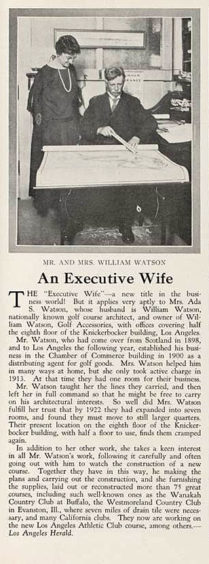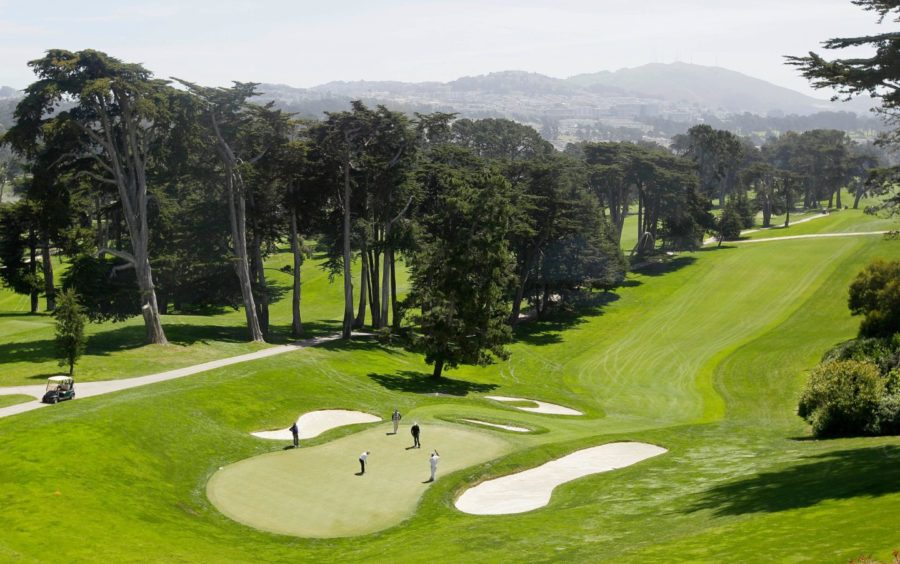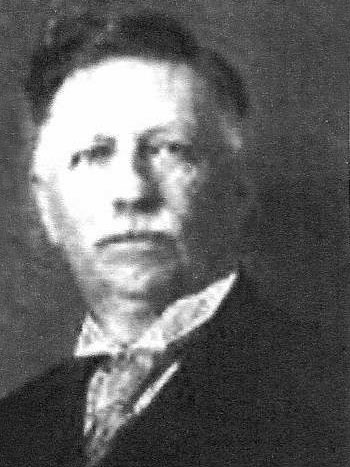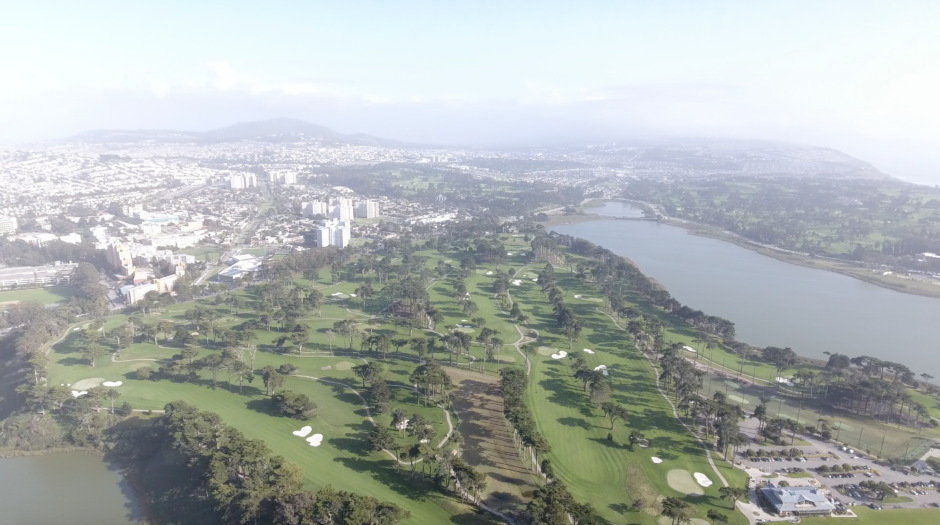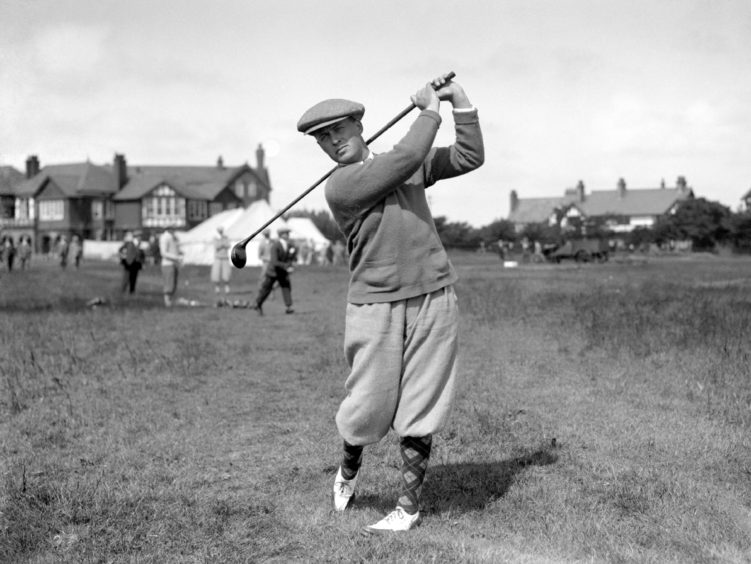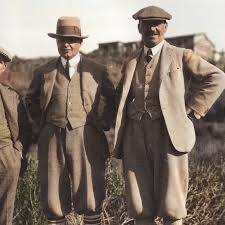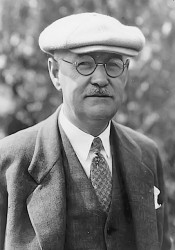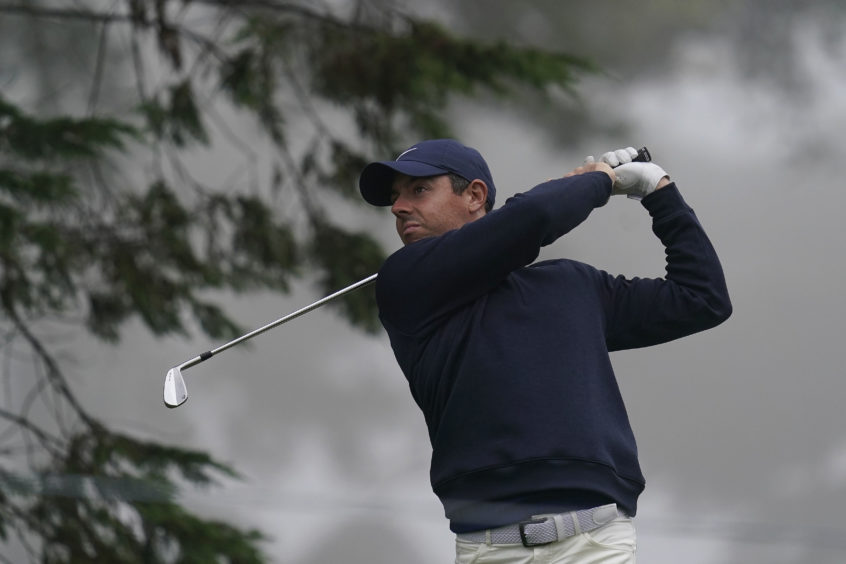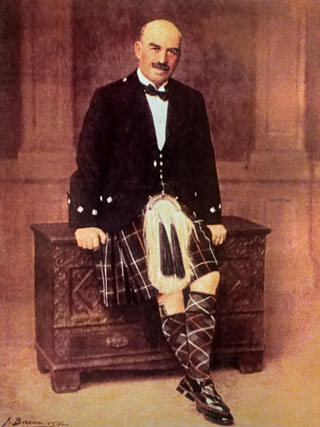Their names might stretch back to the 1800s and early 1900s, but Scotland has produced all manner of golfing trailblazers who created pieces of magic across the world.
Anybody who watched this month’s US PGA Championship at TPC Harding Park in San Francisco – which was won by new star Collin Morikawa – would surely have been impressed by the resplendent course, which dates back to the 1920s.
And it was designed and brought to fruition by William Watson, one of the many Victorian Scots with a passion for the game who has left his imprint on the sport in countless different places.
Born in Kemback near Cupar in 1860, as the first of seven children, there wasn’t a time when Watson wasn’t enthralled by golf and he was inspired in this passion by his father, John, who was a member at St Andrews – the game’s spiritual home.
As a youngster, he became fascinated with course design and architecture and met his father’s friends who included Judge Martin Koon from Minneapolis.
That encounter led to the Scot being invited to work on an initial nine-hole project in America and Watson, at 38, found himself boarding the RMS Etruria at Liverpool in October 1898 and embarking on a brilliant and remarkably prolific career.
His efforts helped establish the Minikahda Club in Minneapolis and he was subsequently involved in the design, redesign or construction of more than 100 verdant sites across the States, from Virginia in the east to California in the west.
This all happened during a period when most Americans had still to be converted to the charms of life on the links, but the names on Watson’s CV – Belvedere, Hacienda, Interlachen, Annandale, Orinda and Olympic Club – still resonate among those who prefer a twist of traditional Scots whenever they stride on to the fairways and greens.
TPC Harding Park was one of his late works, only being completed in 1925, but there’s a picture of Watson with his wife, Ada, at the Knickerbocker Building in Los Angeles, demonstrating how the couple transformed their previously all-male domain with her described as “the executive wife – a new title in the business world”.
Watson died in 1941, but left behind a rich legacy and, in the enforced absence of crowds at the first major of 2020, we were able to enjoy the fashion in which the world’s best players were tested in one of his truly transcendent settings.
He’s in very good company. Because, when it comes to creating majestic cathedrals of golf, Scots have always been among the most evangelical pioneers.
That was equally true at Augusta National, the home of the US Masters in Georgia, which will be staged, rather incongruously, in November this year.
Nowadays, the myriad features of this wonderful setting – including the azaleas and the dreaded “Amen Corner” with its rambling creek – have become etched in sporting folklore and are cherished by more than just golfing aficionados.
It is one of the true theatres of sport which has even excited many people who couldn’t tell the difference between a sand wedge and a sandwich.
But the course only came to fruition in the 1930s when Bobby Jones, the greatest golfer of his generation, sat down and discussed how to design the Masters course with Dr Alister MacKenzie, a former doctor and camouflage expert, who turned his talents to golf by creating some of the greatest courses throughout the world.
Remarkably, or perhaps not, Jones only considered two candidates for the much-coveted job of architect in Augusta – the other was the renowned Donald Ross from Dornoch, another man whose legacy lives on at such places as Pinehurst No 2, Oak Hill Country Club and the Sedgefield Country Club in North Carolina.
Early in his career, Jones had developed a deep affection for the Caledonian links courses on his travels and considered it perfectly natural that a Scot should be in charge of constructing his fairway to heaven.
MacKenzie, who had served with the Somerset regiment during the Boer War, had been impressed by how his adversaries had adapted their campaign tactics to their terrain and his ideas were always based on the concept of working with nature.
By the time he came to Georgia and shook hands with Jones, he had fine-tuned his signature style and the list of global courses in which he was involved was staggering: from Cypress Point in California, to the Royal Melbourne Club in Australia, and the Old Course at Lahinch in Ireland, to the Portland Course at Royal Troon in Scotland.
Augusta, though, was his masterpiece, or should that be Masters piece. As the late writer and broadcaster, Alistair Cooke, wrote: “Jones knew more about shot-making than anybody else, but he did not see himself as a one-man school of golf architecture.
“He at once brought in Dr Alister MacKenzie, the Scot who had sensibly forsaken medicine for golf, and whose incomparable links course at Cypress Point, on the coast of northern California, Jones greatly admired.
“Jones was firm on one point. He wanted a strategic course, one which – while only having 44 bunkers, no rough, very wide fairways and fast, undulating greens – would offer a way round to the high-handicap golfer, a stiff challenge to the middle man and yet would also provide a supreme test of a great player’s ability to think out the placement of every shot.
“And MacKenzie was the man whom he chose to turn his dreams into reality. There’s no doubt he chose correctly.”
The architect of the famous Augusta area was a typical Scotsman of his generation; hard-working, not given to grand gestures, or blowing his own trumpet.
And one of the minor tragedies of the Augusta Miracle was that he died three months before the inaugural US Masters in 1934, which was won by the American player, Horton Smith.
Yet, at least, he bestowed his philosophy to future generations. As he said: “There is an extraordinary resemblance between what is known as the camouflage of military earthworks and golf-course construction.
“Indeed, there are many other attributes in common between the successful golf architect and the camoufleur.
“Both, if not actually artists, must have an artistic temperament, and have had an education in science.
“The chief object of every course architect worth his salt is to imitate the beauties of nature so closely as to make his work indistinguishable from nature itself.”
Jones was appreciative of the results, as one might have expected, and the Scottish connection to the Masters continued when the tournament officials established the custom in 1963 of commencing the major event with an honorary opening tee shot, performed by some of the legends of the sport.
The original honorary starters – and the men who did the job from 1963 to 1973 – were Jock Hutchison, a proud native of St Andrews, who won two majors in 1920 and 1921, and Fred McLeod, a stout fellow born in North Berwick, who surged to victory at the US Open in 1908.
Golf is a truly global pursuit in the 21st century, which makes it more difficult for Scotland’s current generation to make their mark in the game, although Oban’s Robert MacIntyre was among the competitors at this month’s US PGA.
Yet, wherever you venture – or at least once lockdown has been lifted – there are myriad gems to be enjoyed from the innovation and imagination of these Scottish trailblazers.
